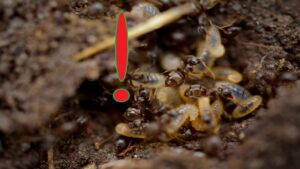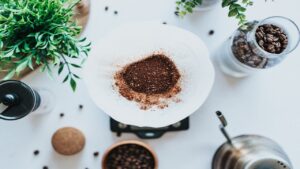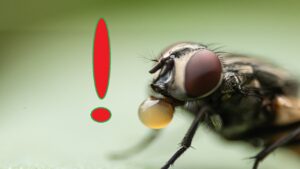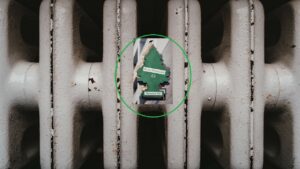6 Common Foods That Contain Insects, be Careful You Eat Them Every Day!
Edible insects are gaining acceptance as potential additions to our diet. Recently, the European Union approved using products containing flour made from Acheta domesticus, also known as house crickets. Furthermore, the European Commission has authorized market access to another insect, the lesser mealworm or Alphitobius diaperinus. This development indicates that grubs, locusts, and crickets may soon become more common ingredients on our plates.
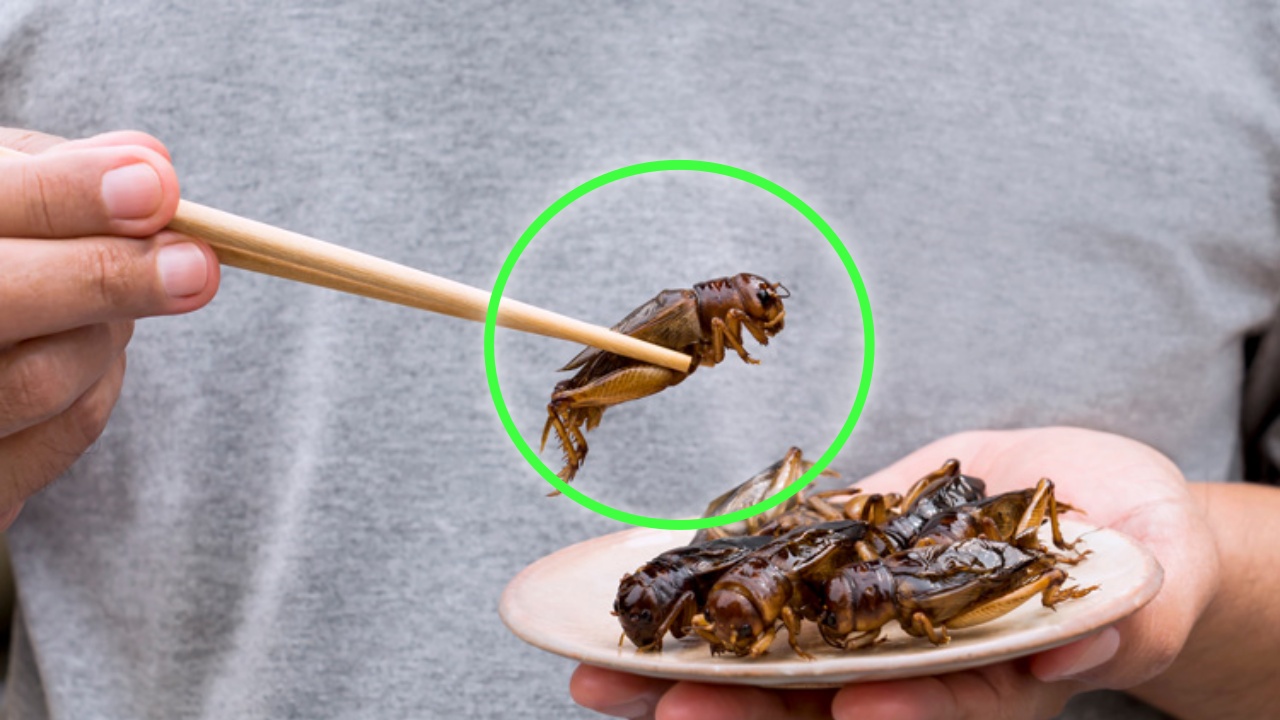
Edible insects are a valuable protein source with a relatively low environmental impact compared to conventional protein sources. Many cultures have long incorporated edible insects into their diets. Now, the EU is considering bringing these products to the European market.
The challenge lies in persuading European consumers to adopt edible insects into their diets. Many in the Western world still have reservations about this concept. However, with more education and familiarity with these foods, it’s possible that edible insects could eventually become an everyday reality. In any case, the EU’s approval is a significant milestone in advancing the diversification of our diets and promoting the long-term sustainability of our food supply.
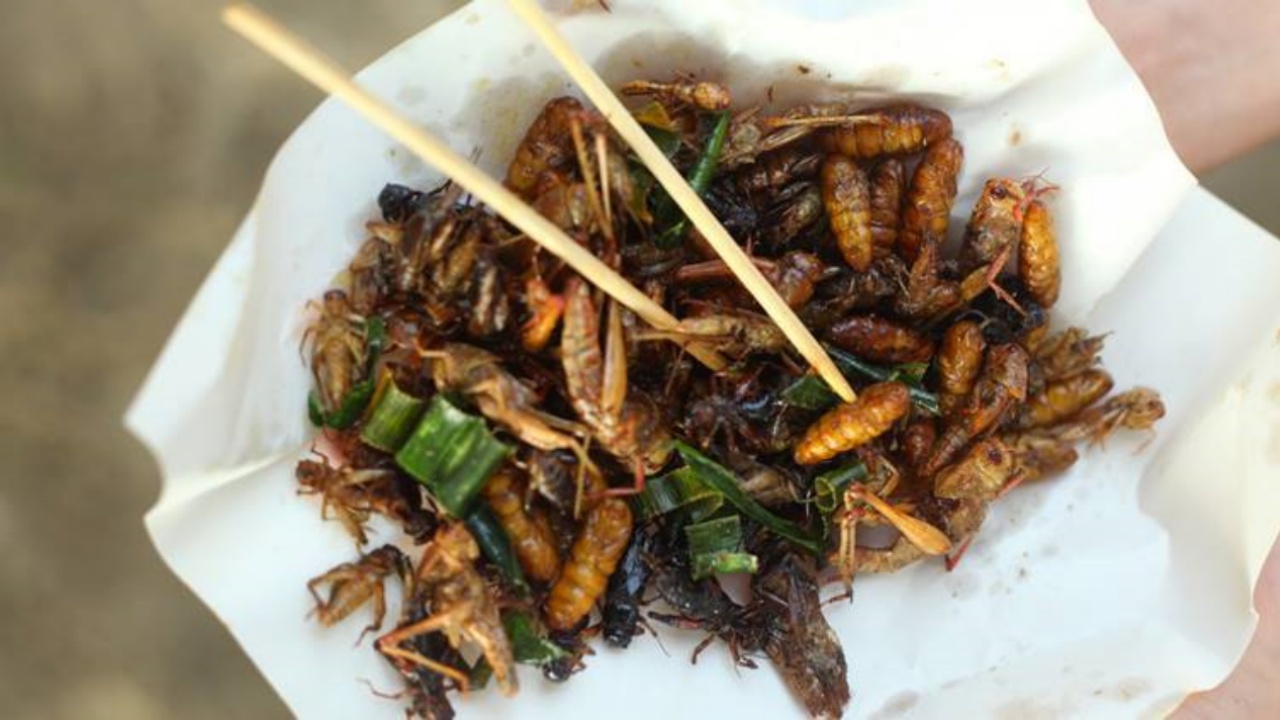
Foods and drinks that we regularly consume already contain ingredients derived from insects
The use of edible animals is an emerging global trend, with the European Union recently approving certain insect types for food use. However, many people remain unaware that some of the foods and drinks we regularly consume already contain ingredients derived from insects.
In the food industry, these insect-derived ingredients can be found in various forms, such as dyes, additives, and other substances. For example, the red dye often indicated by the code E120 is obtained from pregnant females of an insect belonging to the same family as the ladybug. To produce this dye, the female insects are dried and ground into a powder, from which carminic acid is extracted.
On average, to obtain one kilo of dye, between 80 thousand and 100 thousand specimens of cochineal are needed. This means many people may unwittingly come into contact with this ingredient in their daily diet. In this article, we’ll explore other foods that contain ingredients derived from insects and how they influence our everyday consumption.
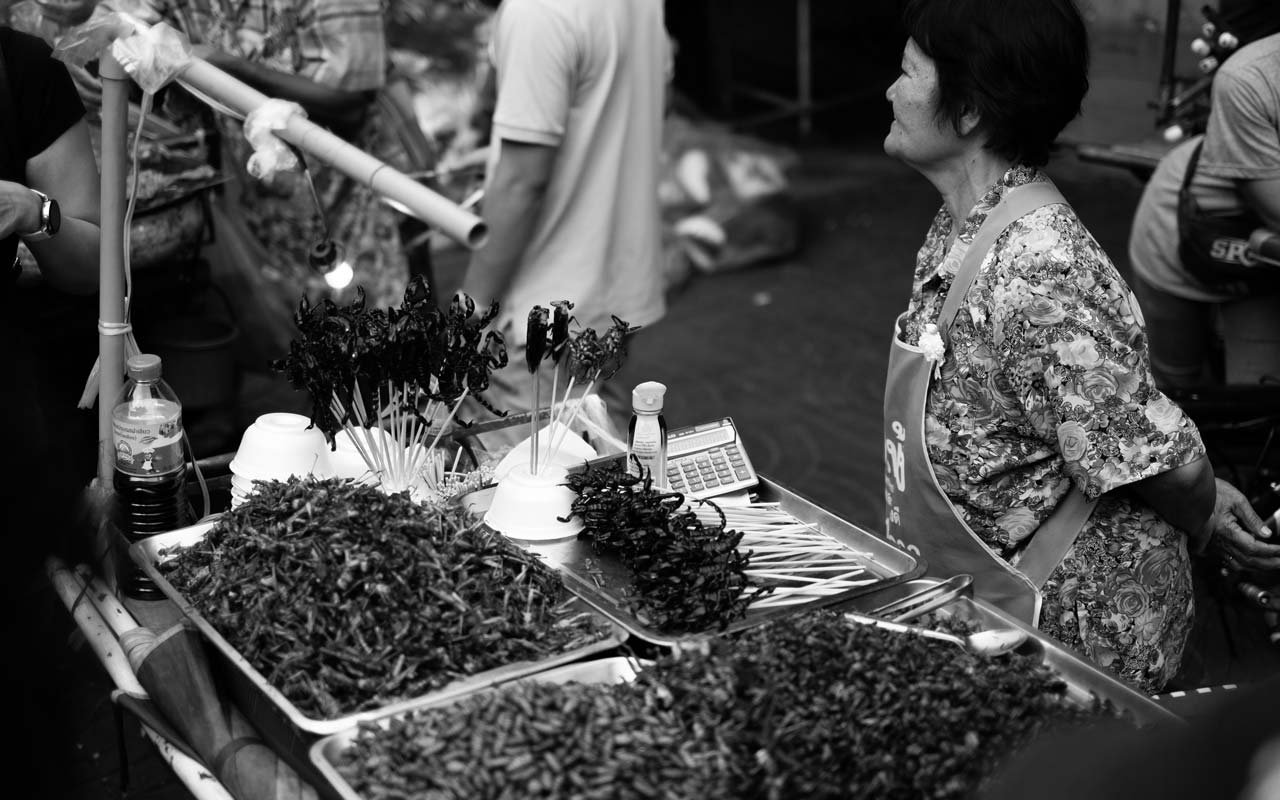
A study conducted by the Center for Sustainable Development and IULM University of Milan has revealed that people are generally unaware of the presence of insects in their food. Insects are often considered “common food contaminants” and are allowed within specific thresholds in the food industry. For example, a glass of orange soda can contain up to five midges, and a chocolate bar can have up to eight parts of insects as per regulatory limits.
The presence of insects in food is not only tolerated in Italy but also in the United States, where the Food and Drug Administration (FDA) has established maximum levels for natural defects in foods, including the presence of insects. So, I recommend paying attention to these 5 foods:
- Orange soda: A glass of orange soda can contain up to five midges, considered common food contaminants.
- Chocolate: One chocolate bar can have up to eight parts of insects.
- Salad: Salads are often contaminated with insect parts.
- Jams: Jams may contain pieces of insects.
- Flour and flour products: Flour and flour products are subject to insect contamination, mainly due to their dusty nature.
- Spritz: The popular aperitif contains insects dried and transformed into powder for its typical orange color.
